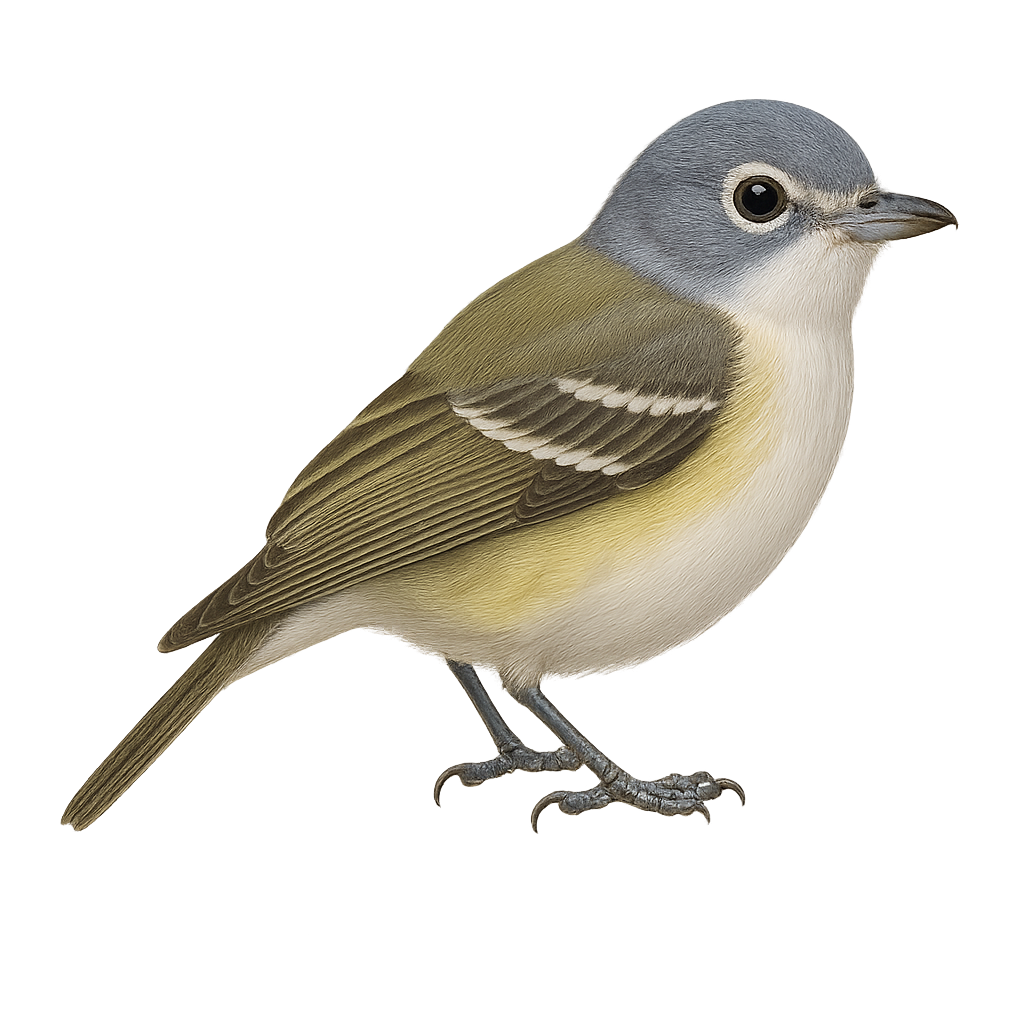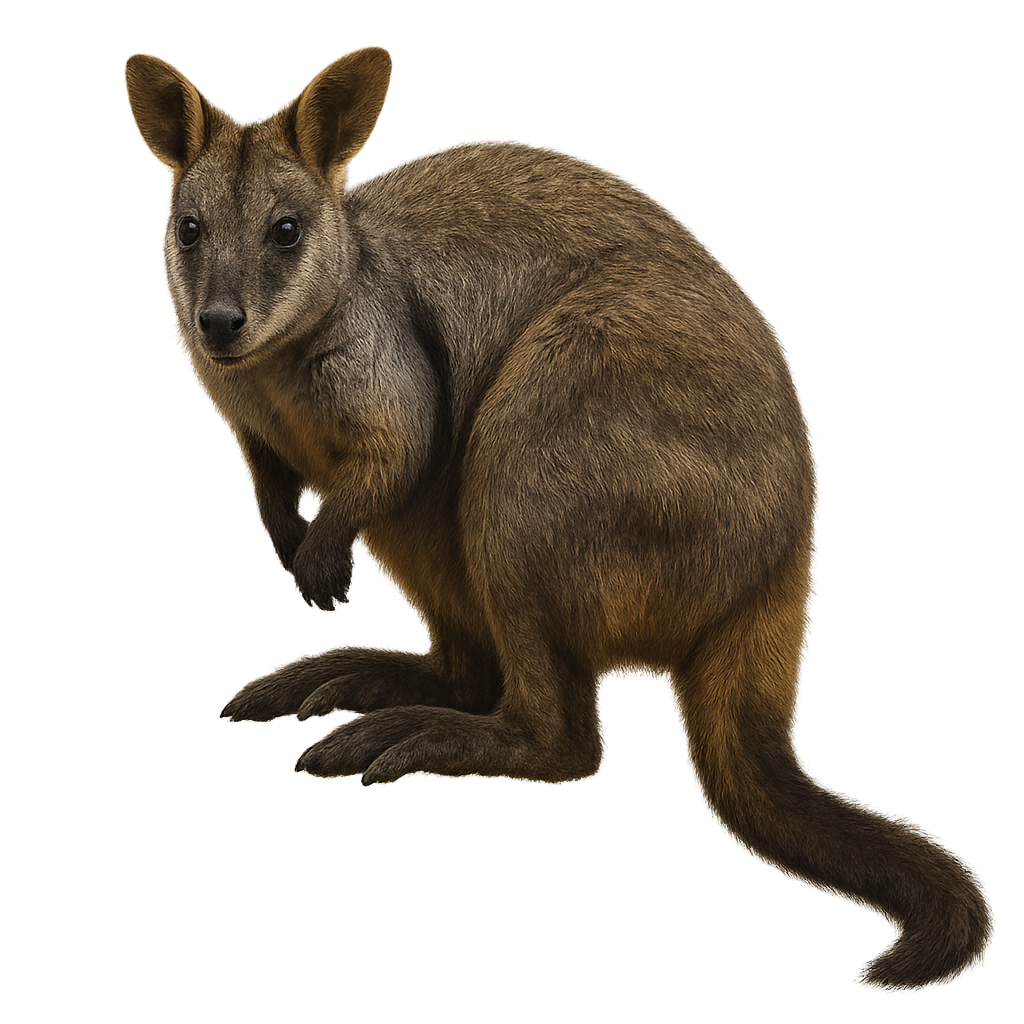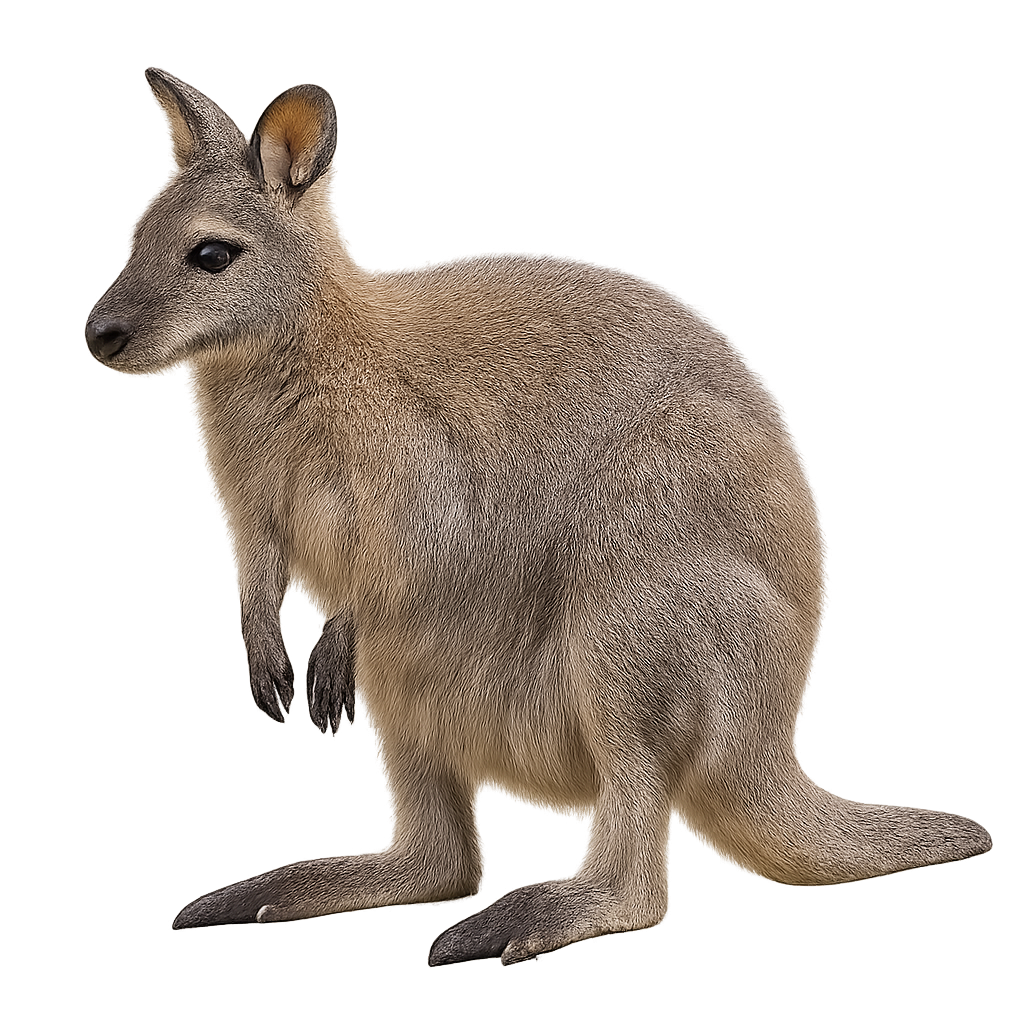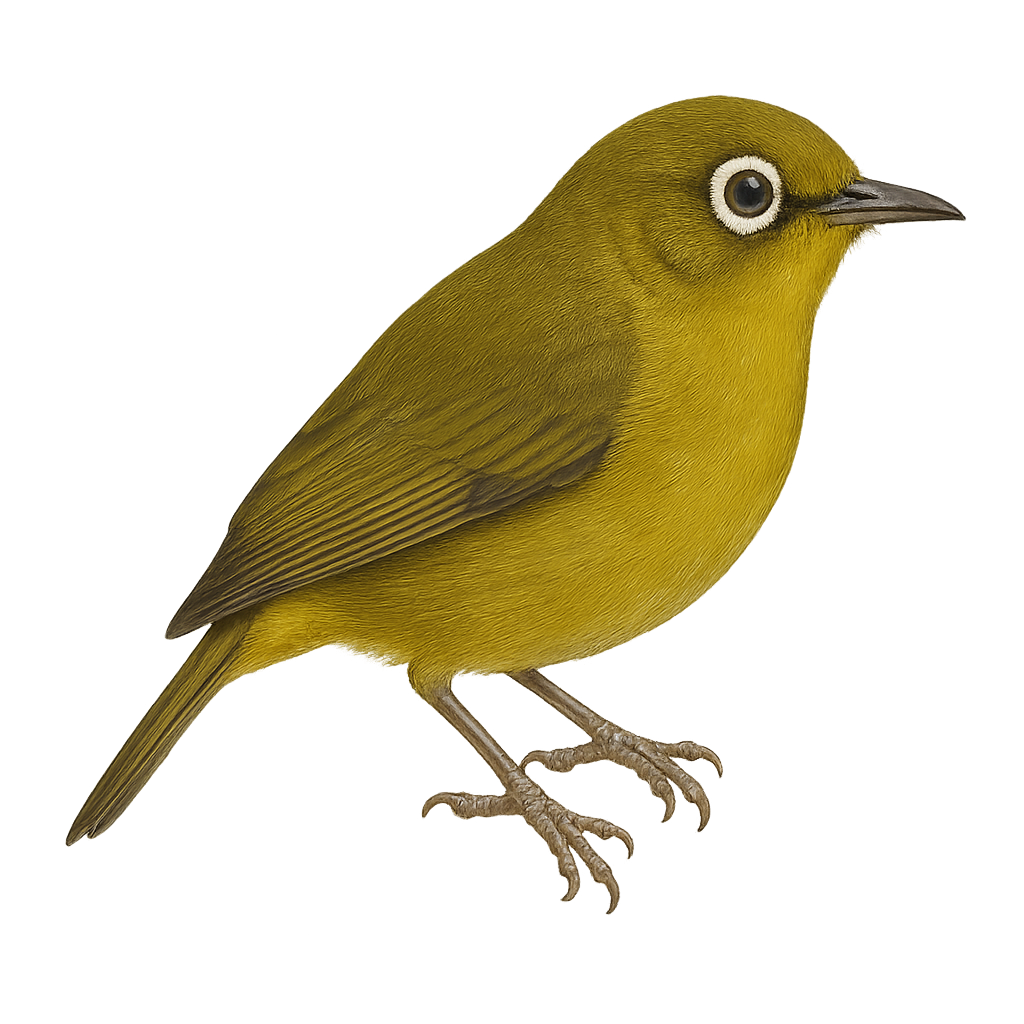Your wildlife tracking tool..
Browse 2,846species by country, track observations, and plan your photo outings.
Your global reference for wildlife photography
WildlifePhotographer gives you access to over 2,846 wildlife species sheets to help you identify, understand, and photograph wildlife around the world. Mammals, birds, reptiles… each sheet provides key information: habitat, activity, life cycle, signs of presence, and tailored photo tips.
Our database grows every week with new iconic species. To go further, access maps, reminders, logs, and personalized statistics in the app — designed to meet the real needs of wildlife photographers in the field.
Black-headed Lapwing
Vanellus tectus
The Black-headed Lapwing, Vanellus tectus, is an elegant and distinctive bird, easily recognizable by its black head contrasting with its grey and white body. It also sports a black crest on its head and broad wings with black and white patterns. This bird is primarily found in the dry savannas and open grasslands of sub-Saharan Africa. It is often seen in small groups, feeding on insects and small invertebrates. The Black-headed Lapwing is known for its piercing calls and territorial behavior, especially during the breeding season. Although its habitat is threatened by agricultural expansion, it is currently classified as of least concern by the IUCN.
Blue-headed Vireo
Vireo solitarius
The Blue-headed Vireo is a small songbird belonging to the Vireonidae family. It is easily recognizable by its bluish-gray head, white eye rings, and white belly contrasting with its olive-green back. This bird primarily inhabits coniferous and mixed forests in North America, where it feeds on insects and small fruits. A migratory species, it winters in the southern United States, Mexico, and Central America. The Blue-headed Vireo is territorial, especially during the breeding season, when the male sings to defend its territory and attract a mate. Although its habitat is threatened by deforestation, the species is currently considered of least concern by the IUCN.
Brush-tailed Rock-wallaby
Petrogale penicillata
The Petrogale penicillata, commonly known as the brush-tailed rock-wallaby, is a medium-sized marsupial distinguished by its long, bushy tail resembling a brush. Native to Australia, it primarily inhabits rocky and rugged regions where it can move with agility thanks to its powerful legs and sharp claws. Its fur is generally gray-brown with lighter shades on the belly, allowing it to blend into its surroundings. This wallaby is mainly nocturnal, resting in crevices during the day. Unfortunately, it is threatened by habitat loss and predation by introduced species.
Bennett's wallaby
Macropus eugenii
The Bennett's wallaby is a small herbivorous marsupial, 70–100 cm long and 7–20 kg, with pale grey-brown fur. It inhabits open woodlands, grasslands and scrub in southeastern Australia and Tasmania, feeding on grasses and young shoots. During the breeding season (January 1 to March 31), males establish territories and perform bipedal hopping displays to attract females.
Buru White-eye
Zosterops buruensis
The Buru White-eye is a small bird endemic to the island of Buru in Indonesia. It belongs to the Zosteropidae family and is recognizable by its olive-green plumage, white eye-ring, and slender beak. This bird measures about 11 cm in length and weighs between 8 and 12 grams. It primarily inhabits tropical moist forests and wooded lowland areas. The Buru White-eye feeds mainly on insects, fruits, and nectar. It is often observed in small groups, actively moving in search of food. Although its habitat is limited, it is not currently considered threatened.






